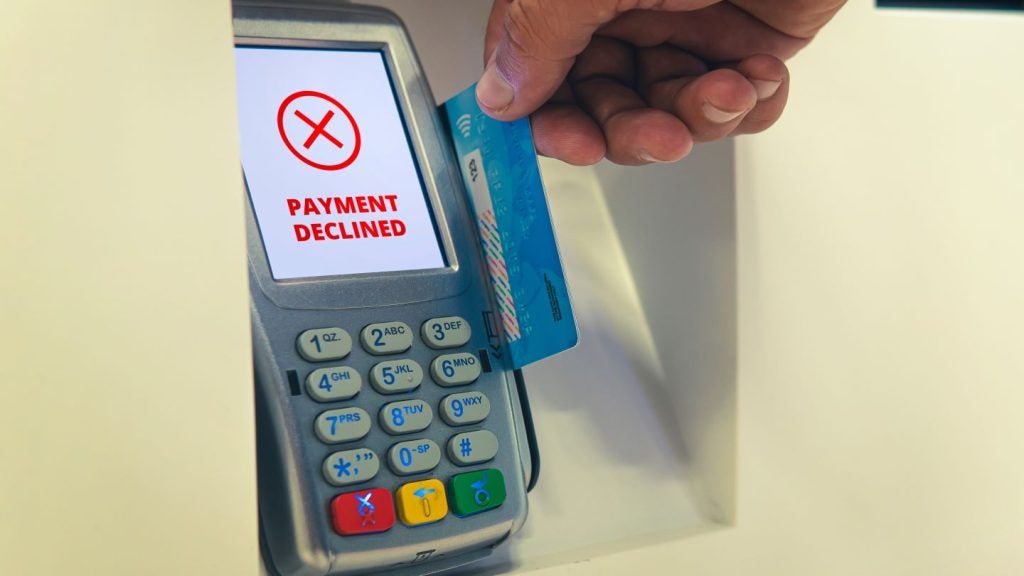In today’s digital age, consumers have become accustomed to the convenience and speed of carrying out day-to-day activities online – whether it be shopping or banking. However, as our world has become increasingly digitised, unfortunately scammers have also developed specific tactics to defraud people online.
A common method of online fraud is romance scams. This is where fraudsters establish romantic “relationships” with victims online, with the aim to exploit emotional connections to trick people into sharing money or personal information. Romance scam cases often increase around this time of year, as almost a quarter of people feel under pressure to date around Valentine’s Day.
Not only are romance scams emotionally and financially damaging to victims, but they can also negatively impact merchants – with scammers often leveraging e-commerce websites to facilitate fraudulent activity. It’s therefore crucial that retailers understand the ways romance scammers operate and the actions they can take to protect their business and customers.
Romance scam techniques and their impact on retailers
A common way that romance scammers exploit merchant platforms is by persuading victims to buy them gift cards from specific stores. These gift card codes are then often redeemed for valuable items or cash. The challenge is that gift cards don’t require personal information, making it hard to trace their usage back to a scammer.
What’s more, gift cards are not possible to refund once the balance has been spent. This can make the merchant appear unhelpful, which can cause victims to lose trust in the business and prevent them from making future purchases. Associations with fraudulent activity can also harm customer relationships and brand reputation.
Romance scammers also use Account Takeover Fraud (ATF), a technique where personal information is gained from victims to access their bank accounts and make fraudulent e-commerce purchases. This can lead to several consequences for merchants as victims often dispute transactions once they realise they’ve been scammed. The result? Expensive chargeback fees, lost revenue, hefty fines from card schemes and increased processing costs from acquirers.
Other payment methods used by romance scammers include peer-to-peer (P2P) apps such as PayPal and direct bank transfers. Additionally, cryptocurrency is gaining traction due to its anonymity and global accessibility. Also, the chat with the scammers on some platforms could be quite expensive, as every single message to the scammer on the other side costs credits to the user.
Methods to mitigate romance scams
Fortunately, there are various ways merchants can protect themselves and their customers from the damage caused by romance scams. For instance, they can adopt enhanced fraud detection systems and transaction monitoring. This enables them to screen for and flag suspicious patterns or accounts that have previously been associated with fraudulent activities.
These patterns might include large purchases of gift cards, unusual IP addresses or inconsistent delivery addresses. Retailers can also set transaction limits and stricter controls for high-risk transactions, like those involving new accounts or unusually large payments.
To maintain customer trust, merchants can also set up alert processes and warnings to notify users of any suspicious activity. Adding enhanced verification techniques and multi-factor authentication (MFI) is also effective, for instance sending shoppers a one-time password (OTP) to confirm their identity. Additionally, sharing educational guides about romance scams with customers via email, app notifications or text message can help mitigate cases, and providing an option to report scammers directly through the merchant’s platform will further enhance fraud prevention.
Using a Payment Service Provider (PSP) partner to help implement these measures can offer retailers several advantages. For example, PSPs provide specialised fraud expertise and 24/7 transaction monitoring with rule-based, real-time risk engines. This can help retailers save costs and allow internal teams to focus on alternative, strategic business tasks.
Finally, collaboration with other retailers, regulators and financial institutions is crucial in order to fight the fight against romance fraud. For example, more anonymised, shared fraud databases would help to further identify romance scam patterns across industries.
As romance scams continue to evolve, it’s critical that merchants stay informed about emerging threats and take more responsibility for educating consumers on the red flags to watch out for. Implementing robust fraud prevention measures and staying vigilant not only helps to keep all parties safe, but it also means retailers can continue to provide a seamless shopping experience for legitimate customers. In turn, this drives trust, loyalty and better business results.

George Ralchev is Head of Risk Management, emerchantpay








